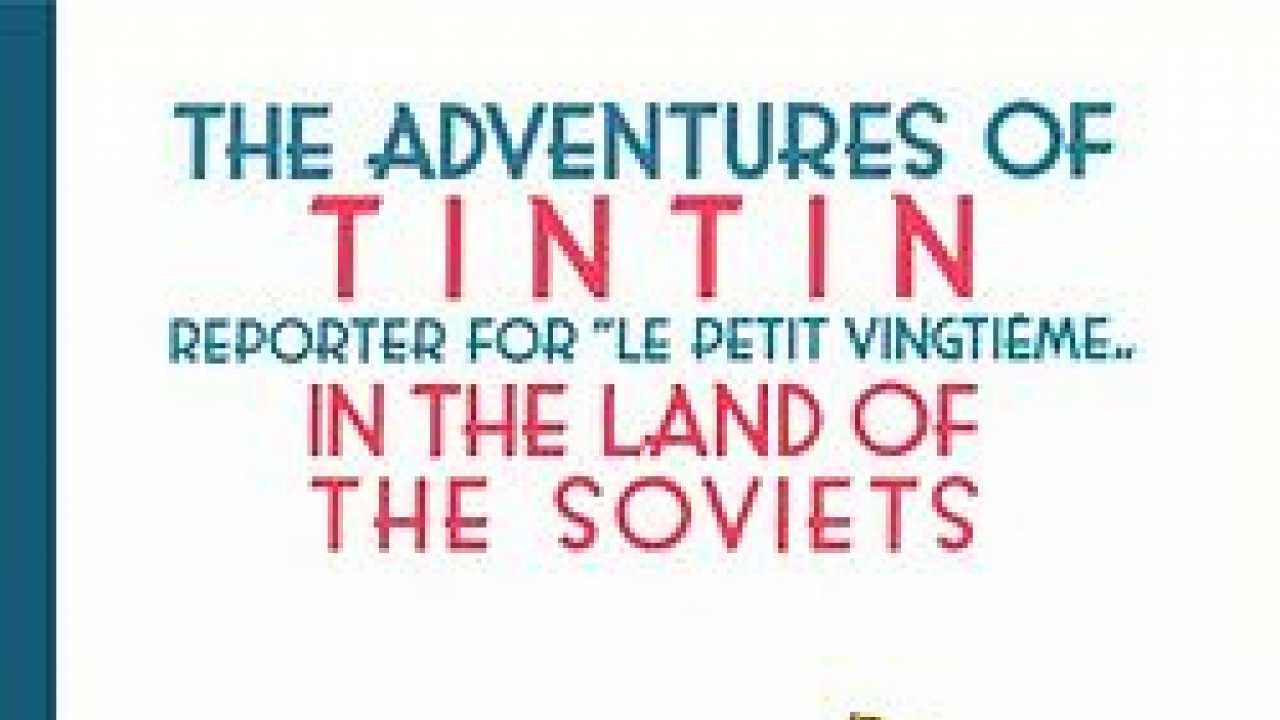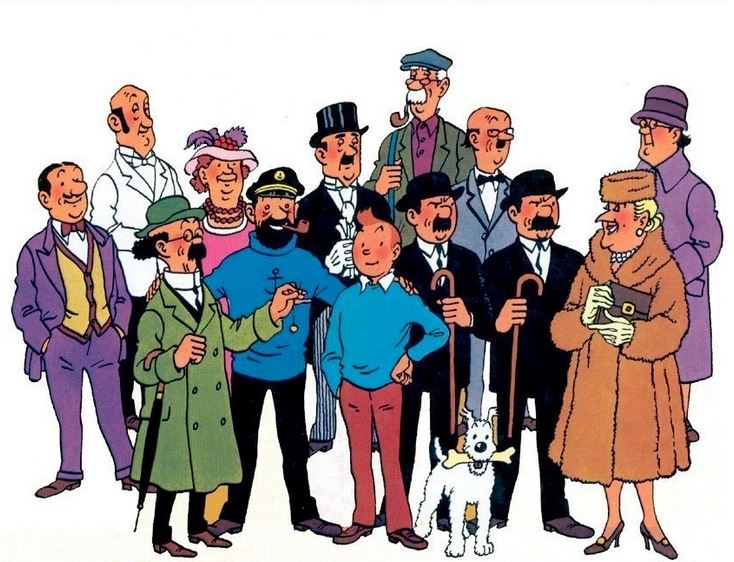
Eighty-six years ago, Tintin was created. People the world over have followed the adventures of a reporter who began his journey to the Soviet Union in 1929 to report about the situation 12 years after the Russian Revolution. The fans have only increased and followed Tintin on his journeys across Earth (and the moon) since then.
Since his birth as a communist-hating, game hunting reporter, Tintin has evolved into someone who can do no wrong. True, unlike Asterix, who was never injured (barring a couple of comics), Tintin has spent a fair share of time in hospital. However, how many boys can boast of driving a car, flying a jet across continents, using firearms, climbing the Himalayas, inspiring Buddhists, and ending drug and human trafficking? And in case we forget... Tintin is a reporter, not a cop.
If we have to sum it up, Tintin is the asexual James Bond, who is also a non-smoker and a teetotaller. He has no close female friends and spends most of his life travelling across the world solving mysteries. He also happens to be the first man on the moon. While there may be a number of questions raised about his relationship with Chang (The Blue Lotus and Tintin In Tibet), a lot of people close to Hergé said that while the two of them loved each other, the relationship was totally platonic.
The comics may be less appealing to the younger reader when you compare it to Asterix, but as one grows older, you relate to the characters a lot more. Apart from Tintin, who is pretty uni-dimensional, one can relate more to the other characters, particularly Captain Haddock. Even Snowy, who had a more active role before Haddock's debut in The Crab With the Golden Claws, is more vocal than his master.
Hergé – born Georges Remi – was only 21 when he began working on Tintin in the Land of Soviets in 1929, which is around 150 pages and has black and white art, along with eight panels per page. As the comics became more popular, they were reduced to 62 pages with anything between 12 and 16 panels per page, depending on the art.
While the first book still sells in its original form, Tintin in the Congo has two versions. One is the original text that is black and white, with larger drawings and around 130 pages long. The corrected version is the standard 62 pages, with major changes made by the translators Leslie Lonsdale-Cooper and Michael Turner. In the foreword in both versions of the comic, the translators have said,
"In the portrayal of the Belgian Congo, the young Hergé reflects the colonial attitudes of the time. He himself admitted that he depicted the African people according to the bourgeois, paternalistic stereotypes of the period – an interpretation that some of today’s readers may find offensive. The same can be said about his treatment of big game hunting."

In his Tintin anthology, Tintin and Co, Michael Farr describes Tintin as a boy scout, who can do no wrong. Hergé, in an interview also admits that he has based Tintin on himself, although people suspect that he based Tintin on his brother. Having said that, after reading Land of the Soviets and Tintin in the Congo, he might have been a boy scout, but he has an inflated ego, which can be seen in several parts of the comic. He, along with Snowy, are fairly racist in the way they address the Africans in Tintin and the Congo. Hergé, in the earlier versions of the comic, has made Tintin somewhat of a superhero. In Land of The Soviets, he wins a fistfight against a polar bear in Siberia, while in the Congo, he and Snowy tame a lion. These are feats, which kids would love to see and read, but they’re quite far-fetched. I suppose Hergé too noticed it himself. We have to give him the benefit of the doubt as well. He was 21 when he finished off Land of the Soviets and 22 when Tintin in the Congo released.
When I read the comics now, I notice three very obvious things about Hergé. He hated communism; hated the Japanese for what they did to China in the period between the First and Second World Wars and his fascination for politics in Central Europe, South America and the Middle East.
From his writing, you know that Hergé also loved science. His two-part series on the moon mission was written 15 years before the actual moon mission happened. There is a part where Tintin falls into a cave to discover stalagmites and stalactites, concluding that there was water on the moon at some point of time. He wouldn't have made these conclusions unless he had a great love for the subject.
If one reads The Castafiore Emerald today, it can be considered as a brilliant piece of literature. Conceived as a narrative exercise, Hergé wanted to see if he could maintain suspense throughout sixty-two pages of story with no villains, exotic locations, guns or danger, and with a clearly deceptive solution. As a kid, it would not be appreciated as much. But today, if you read it, it's brilliant and you just appreciate Hergé's genius.
As we grow older with Tintin, we appreciate his exploits more than Asterix. There is no magic potion; there is no banquet at the end of it all. You have characters that are so simple and yet so complex. Despite his Boy Scout persona and him being the epitome of perfection, there are flaws. He tends to be rash, despite being logical. He had a huge ego, which deflated over the years.
What makes the Tintin series loved by all is that despite the period it was written in, it will still hold value today. And that is why the legend of Tintin will live forever.
Also Read: Tintin expresses solidarity with Charlie Hebdo victims